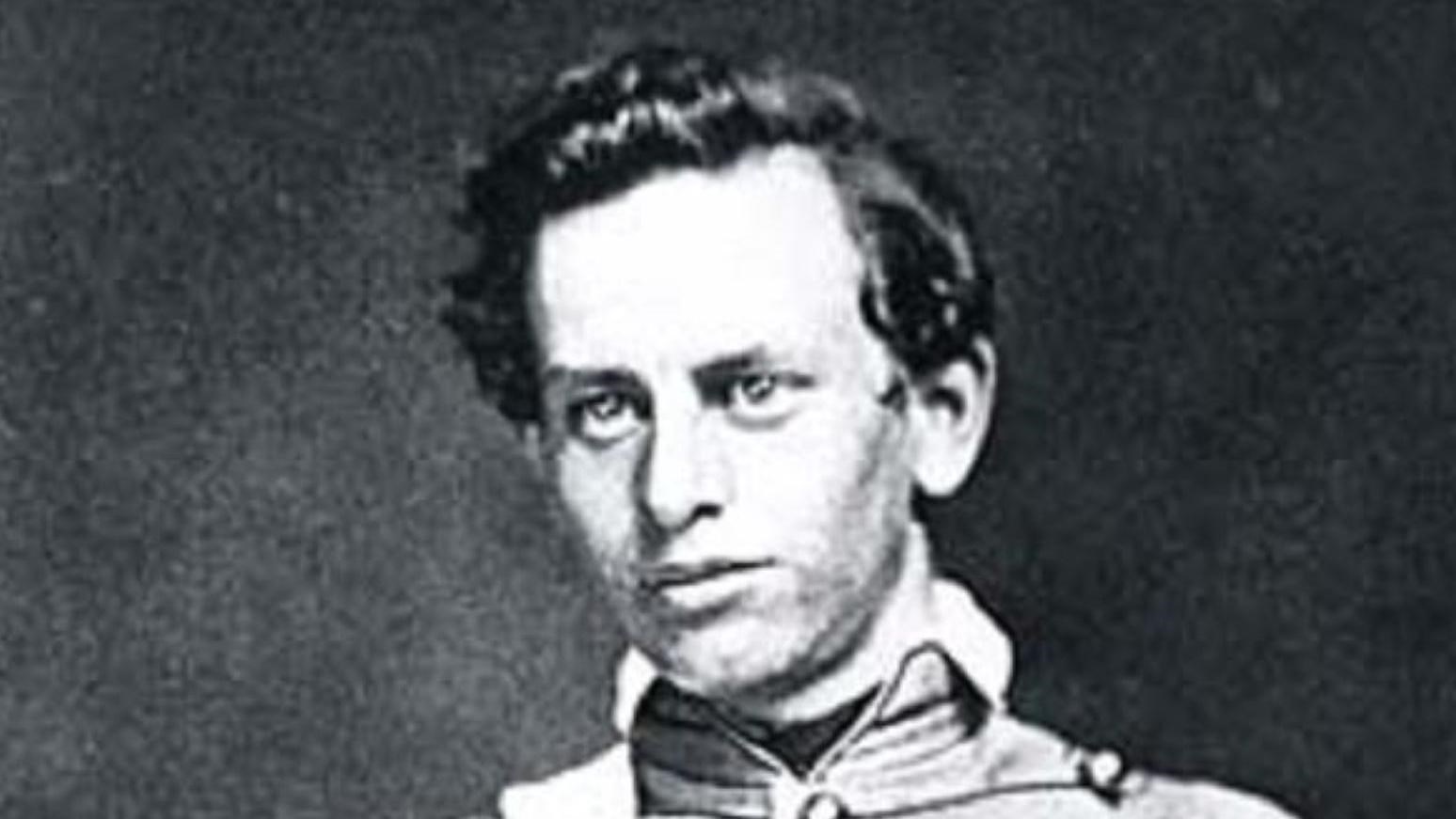Last updated: July 28, 2022
Place
Henry Martyn Robert

Henry Martyn Robert was born in Martinville, South Carolina. Robert and his family, who were outspoken abolitionists, soon relocated to Ohio, where Robert would grow up. He attended West Point, where he graduated fourth in his class in the year 1857 and joined the Army Corps of Engineers.
Robert’s first major assignment was to Panama where he scouted a possible canal project nearly 50 years before it was built. His engineering detachment was attached to Fort Vancouver National Historic Site and deployed to San Juan Island at the height of the Pig War. He designed the Redoubt, an earthen fortification which still stands to this day, and superintended its construction. Robert’s Redoubt provided the Americans with a defensive fortification which could not only resist British warships but could credibly match them in combat. Its construction encouraged peacemaking and it never had to fire a single shot in anger.
Shortly after his time on San Juan Island, Robert was assigned to New Bedford, Massachusetts (and thus is part of the history of New Bedford Whaling National Historical Park). During his time there, he attended a contentious church meeting and was disappointed by the lack of clear and consistent parliamentary procedures. Robert reflected on the experience: “One can scarcely have had much experience in deliberative meetings of Christians without realizing that the best of men, having wills of their own, are liable to attempt to carry out their own views without paying sufficient respect to the rights of their opponents." He began contemplating effective methods of running public meetings and developed a set of guidelines and rule known as Robert’s Rules of Order which are still the most important resource on parliamentary procedure.
Robert spent most of his career as an engineer, including a considerable period based at Golden Gate National Recreation Area. He developed and altered waterways, built flood control for hurricanes, and developed significant important infrastructure which we still rely on today. He was a general at the time of his retirement and was buried in Arlington National Ceremony.
Robert’s first major assignment was to Panama where he scouted a possible canal project nearly 50 years before it was built. His engineering detachment was attached to Fort Vancouver National Historic Site and deployed to San Juan Island at the height of the Pig War. He designed the Redoubt, an earthen fortification which still stands to this day, and superintended its construction. Robert’s Redoubt provided the Americans with a defensive fortification which could not only resist British warships but could credibly match them in combat. Its construction encouraged peacemaking and it never had to fire a single shot in anger.
Shortly after his time on San Juan Island, Robert was assigned to New Bedford, Massachusetts (and thus is part of the history of New Bedford Whaling National Historical Park). During his time there, he attended a contentious church meeting and was disappointed by the lack of clear and consistent parliamentary procedures. Robert reflected on the experience: “One can scarcely have had much experience in deliberative meetings of Christians without realizing that the best of men, having wills of their own, are liable to attempt to carry out their own views without paying sufficient respect to the rights of their opponents." He began contemplating effective methods of running public meetings and developed a set of guidelines and rule known as Robert’s Rules of Order which are still the most important resource on parliamentary procedure.
Robert spent most of his career as an engineer, including a considerable period based at Golden Gate National Recreation Area. He developed and altered waterways, built flood control for hurricanes, and developed significant important infrastructure which we still rely on today. He was a general at the time of his retirement and was buried in Arlington National Ceremony.
